Of Grasslands and Tropical Forests (Manas National Park, Assam)
Manas, a National Park in the foothills of the Eastern Himalayas and a World Heritage Site, is famous for both its bio-diversity and landscapes. The park houses a range of habitats including wide grasslands, tropical forests, and deciduous forests. This makes everyday in the park a unique adventure. Manas is home to over 500 species of birds and over 60 mammals including threatened species such as the Royal Bengal Tiger, the Pygmy Hog, the Haspid Hare, the one-horned rhinoceros and the Clouded Leopard. A unique proposition that the park offers is its close vicinity to Bhutan; one can make an entry to the Royal Manas National Park (which is the Bhutanese counterpart) and find some high-altitude species there. While I spent several days photographing birds in Manas, I cannot wait to get back to the Banks of the beautiful Manas River and the adjoining forests.
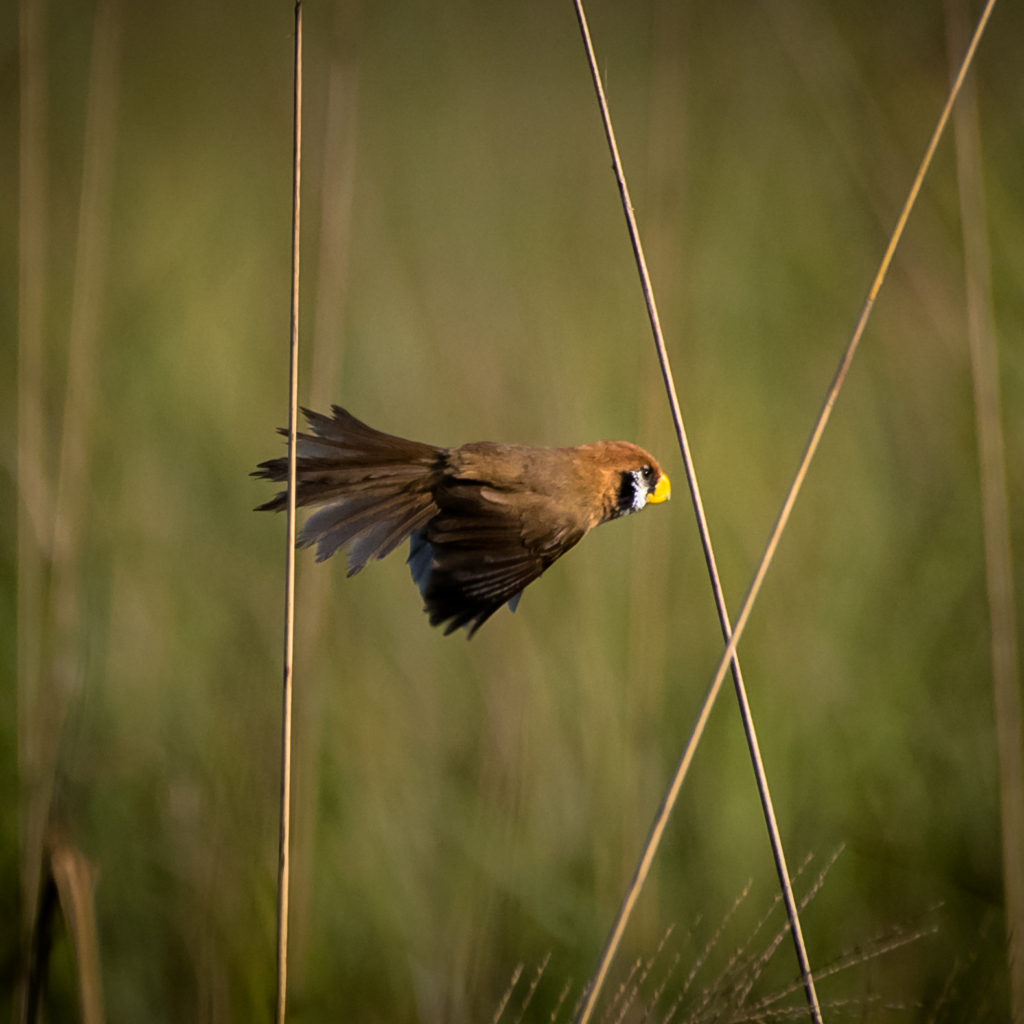
Why Should you Visit: If you are into birding, you wont require any other reason to visit Manas. The park is home to very extensive avian diversity including some rarities like the black breasted parrotbill, Jerdon’s babbler, Bengal florican, Indian grassbird, slender-billed babbler, white-bellied heron, ruddy kingfisher, the silver breasted and long-tailed broadbill, and many other hard-to-find species. The park also allows for some great shots of several hornbill species, especially in the Bhutan side. For people from outside Assam, Manas is a great place to find the one-horned rhinoceros too. However, the landscapes in Manas also make the park a beautiful getaway for people who may not be wildlife junkies.
Best time to Visit: The park is normally open from November to April and each month holds something special. You can find a lot of migratory birds during the onset of winters until the end of February. However, as the forests and the grasslands dry up a little towards the end of March, chances of finding skulkers like the Indian grassbird and the slender billed babbler increases manifolds. For a non-so-intense outing, probably one of the moonlit nights in the winters is something that should be explored. However, please try to avoid the weekends as sometimes its extremely crowded, especially in the Central range in Manas.
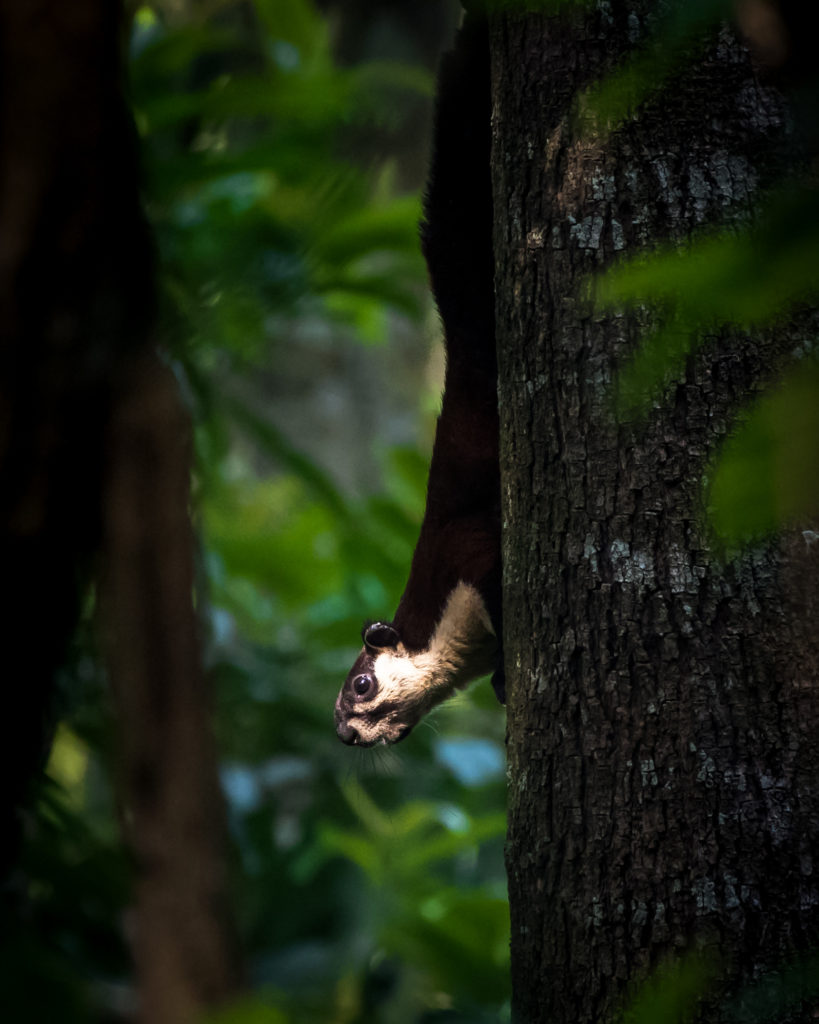
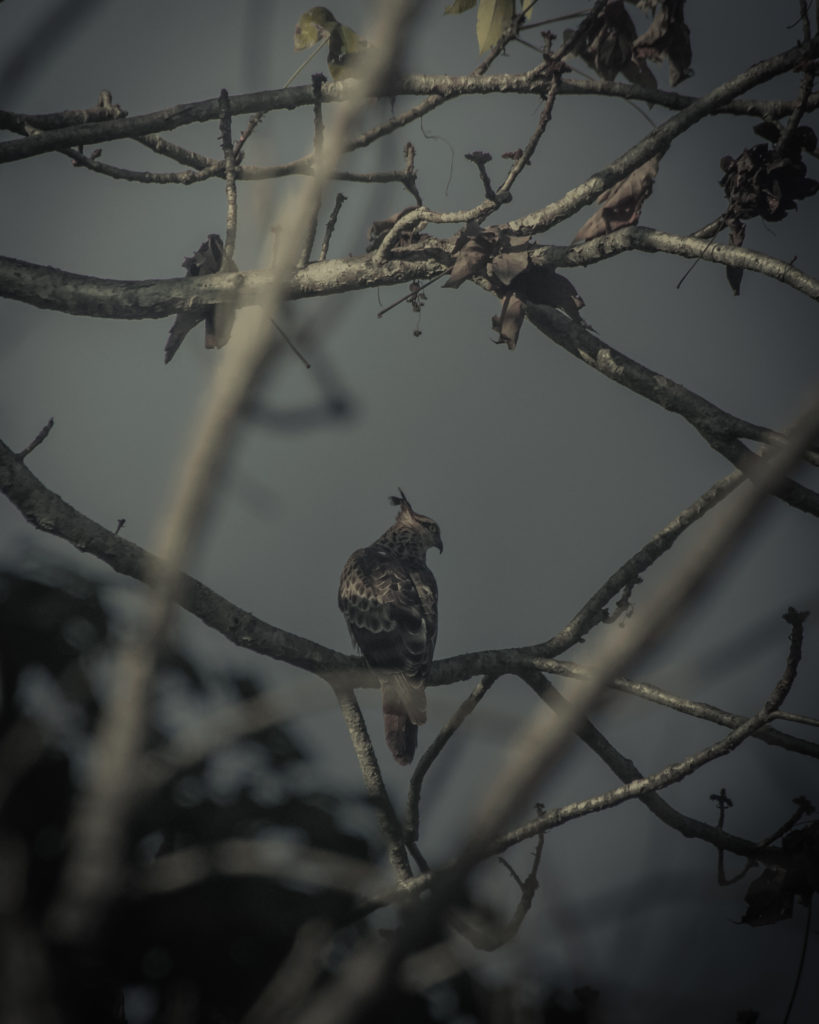
Accessible from: The park is very close to Guwahati and the city also houses the nearest airport. It takes around 3 hours to cover the 140 kms from Guwahati to Manas and the roads are in brilliant condition. Its also easy to get cars on rent to drop you to Manas and also back from the park. Most resorts have a well-coordinated pick and drop service which is not very expensive. This would save you from blocking a car for multiple days, in case you are flying in from outside Guwahati. In terms of railroads, Barpeta road is the closest railway station to Manas.
Where can you stay: There are three ranges in Manas and each of these ranges have several stay options just outside the entry gates. The Central range is the most popular, however, it should be avoided on weekends, since it gets a little too crowded. The Eastern range is pretty less disturbed and allows for more homely accommodations at several conservation societies. However, right in the middle of the forest at the central range, there are two Government Operated Bungalows which are show-stealers. These bungalows are setup right at the banks of the Manas river and can be booked via the Forest office. If you are in Manas for multiple days, you should definitely seek to spend at least one night in either of the two bungalows.
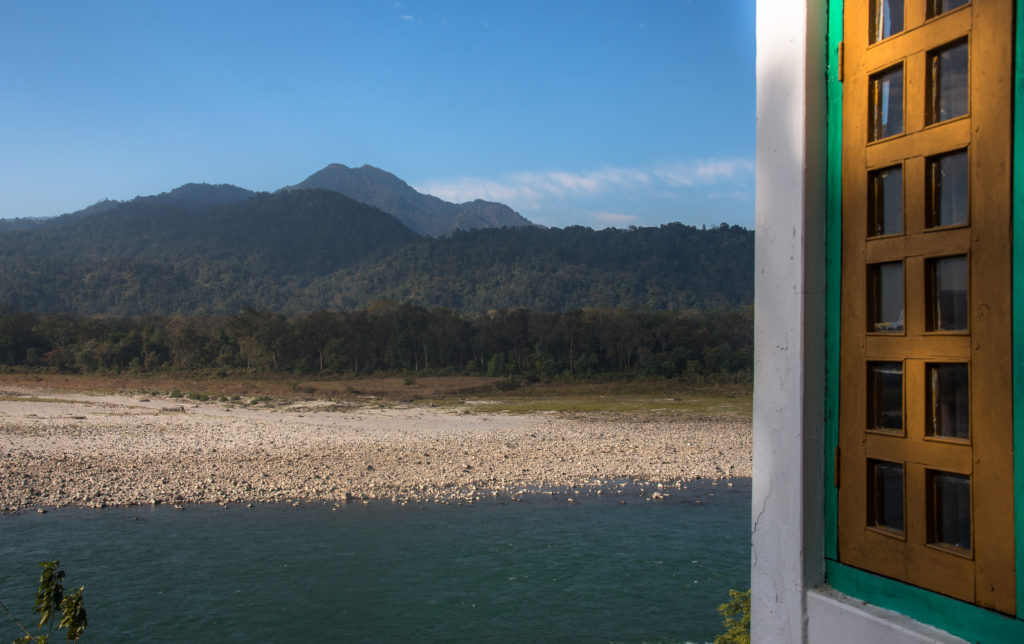
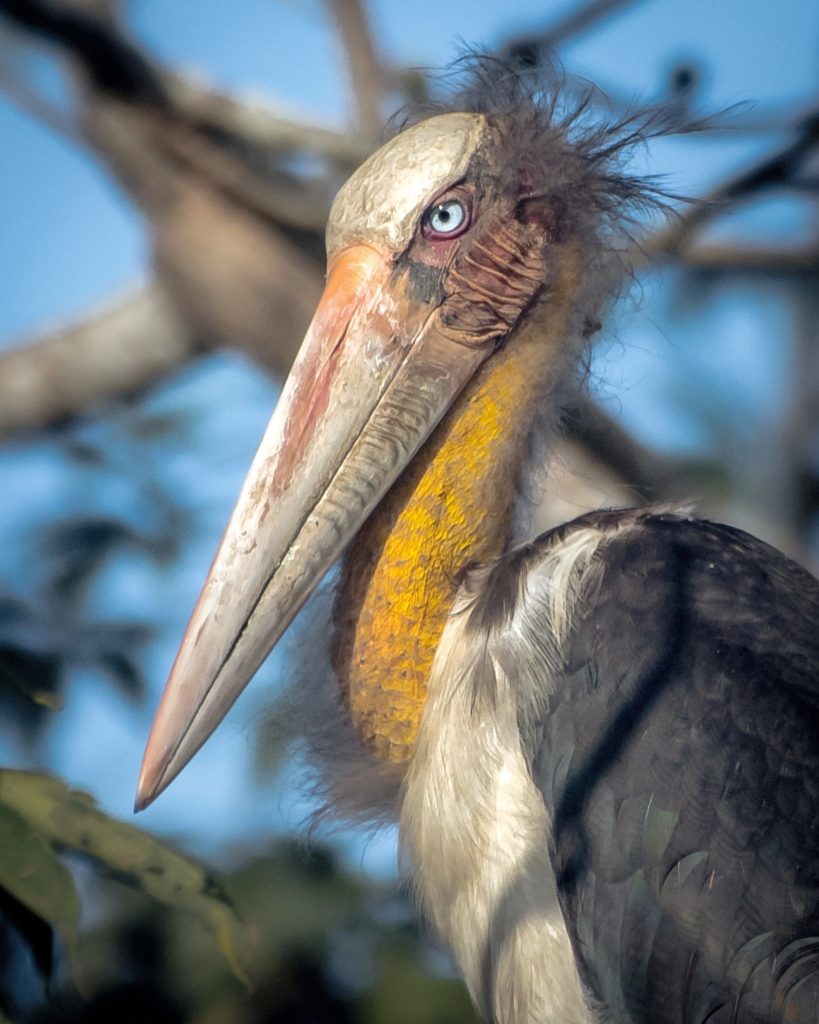
Some other tips for making the most out of your visit: There are several things that can make your Manas trip better. I try to cover a few things here:
- If you are in Manas for wildlife and have not been here before, get a good guide. Honestly, a guide is someone who can make or break your Manas trip. I highly recommend Rustom Basumatary. Rustom is probably the most known guide in Manas but you have to reach out to him well-in-advance. In one of my trips, I also requested Rustom to take care of my accommodation and plan the trip end-to-end. The trip was wonderfully planned and I could not find any flaws in the entire trip.
- For birds, its great to know some of the species that Manas is exceptionally famous for. Some birds that you could target include the Indian Grassbird, the Black-Breasted Parrotbill, the Collared Falconet, the Swamp Francolin, the Bengal Florican (definitely), the slender-billed babbler, the black tailed crake, and the silver breasted broadbill. These birds really make Manas special.
- With respect to Mammals, do not keep a lot of expectations. You would mostly see elephants but I have heard of many family trips come back sad from Manas since their expectations were really high especially with respect to Mammals.
- Keep a minimum of 3 – 4 days for a wholesome experience, if you are going in for birds. However, its important to note that jeep safaris are extremely expensive at Rs 6,000 for full day drives. If you plan to go alone, the safari prices can be a huge burden and you may end up spending over 25k for a 3-day trip (including food and accommodation). A majority of these costs can be split if in a group.
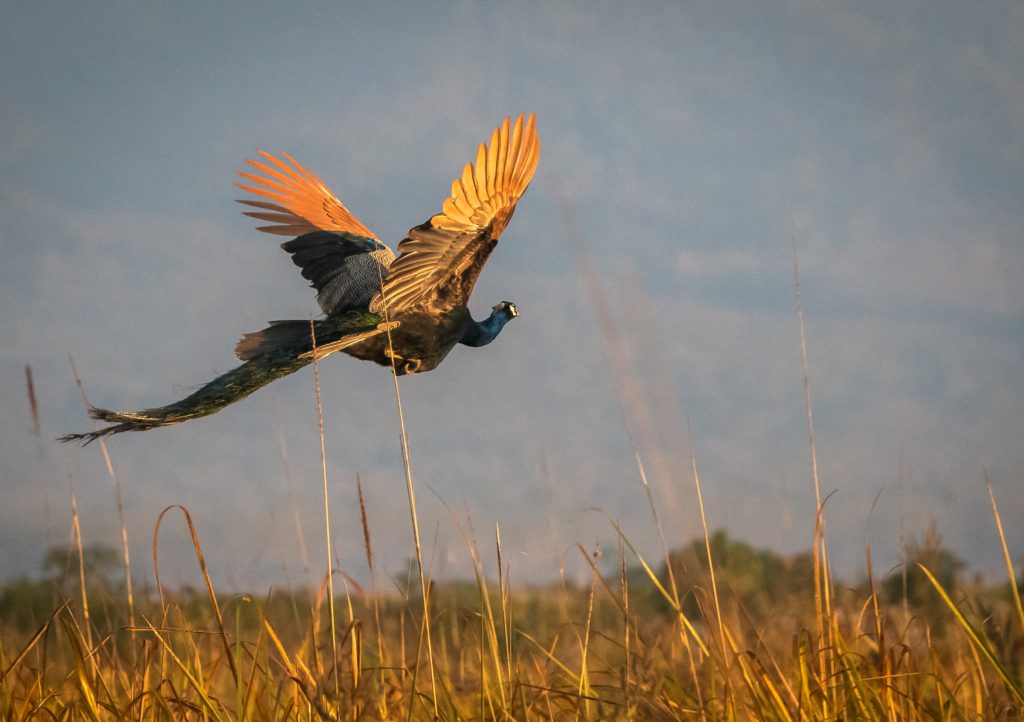
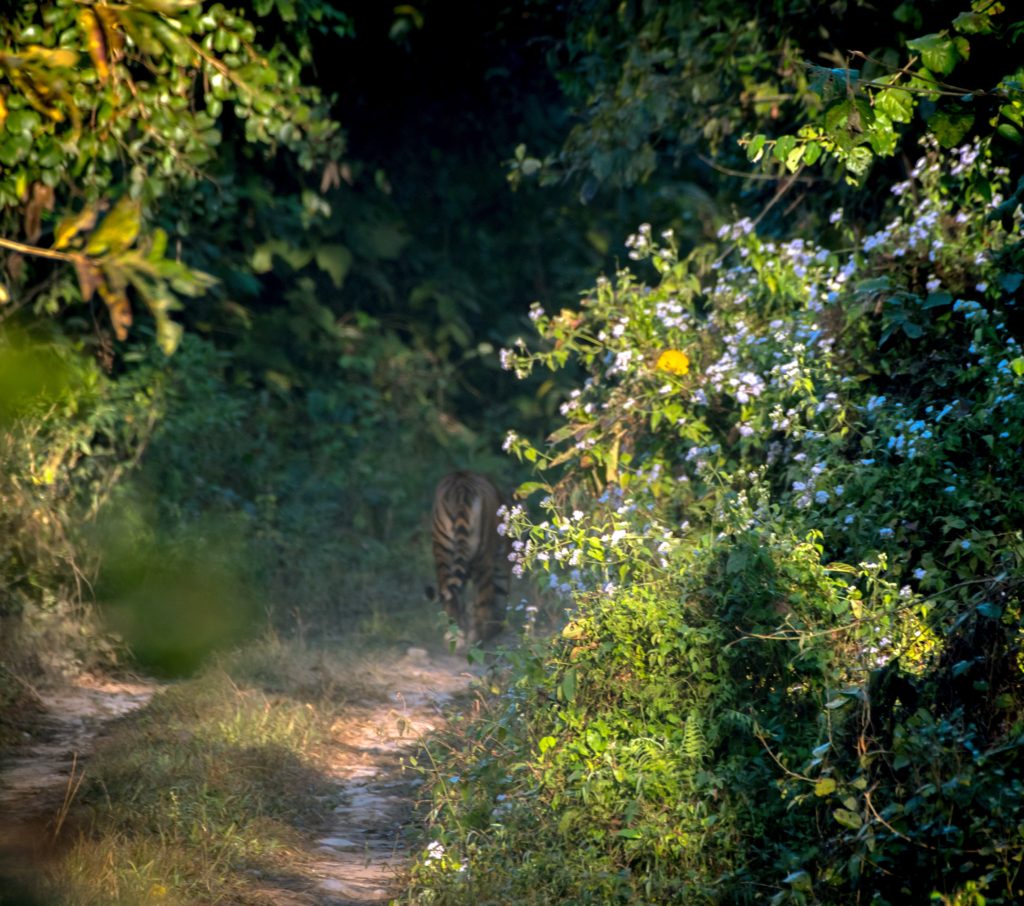
For more photographs and tips for Manas and other places in India check us out on Instagram. Words and Images by Shreejit Borthakur

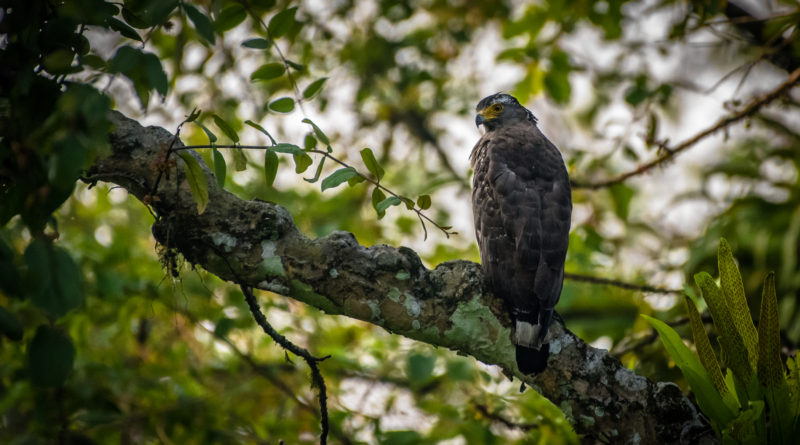

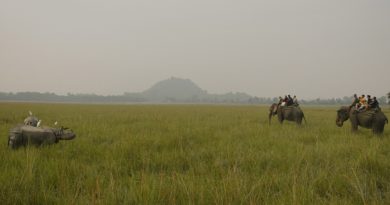

Comments are closed.